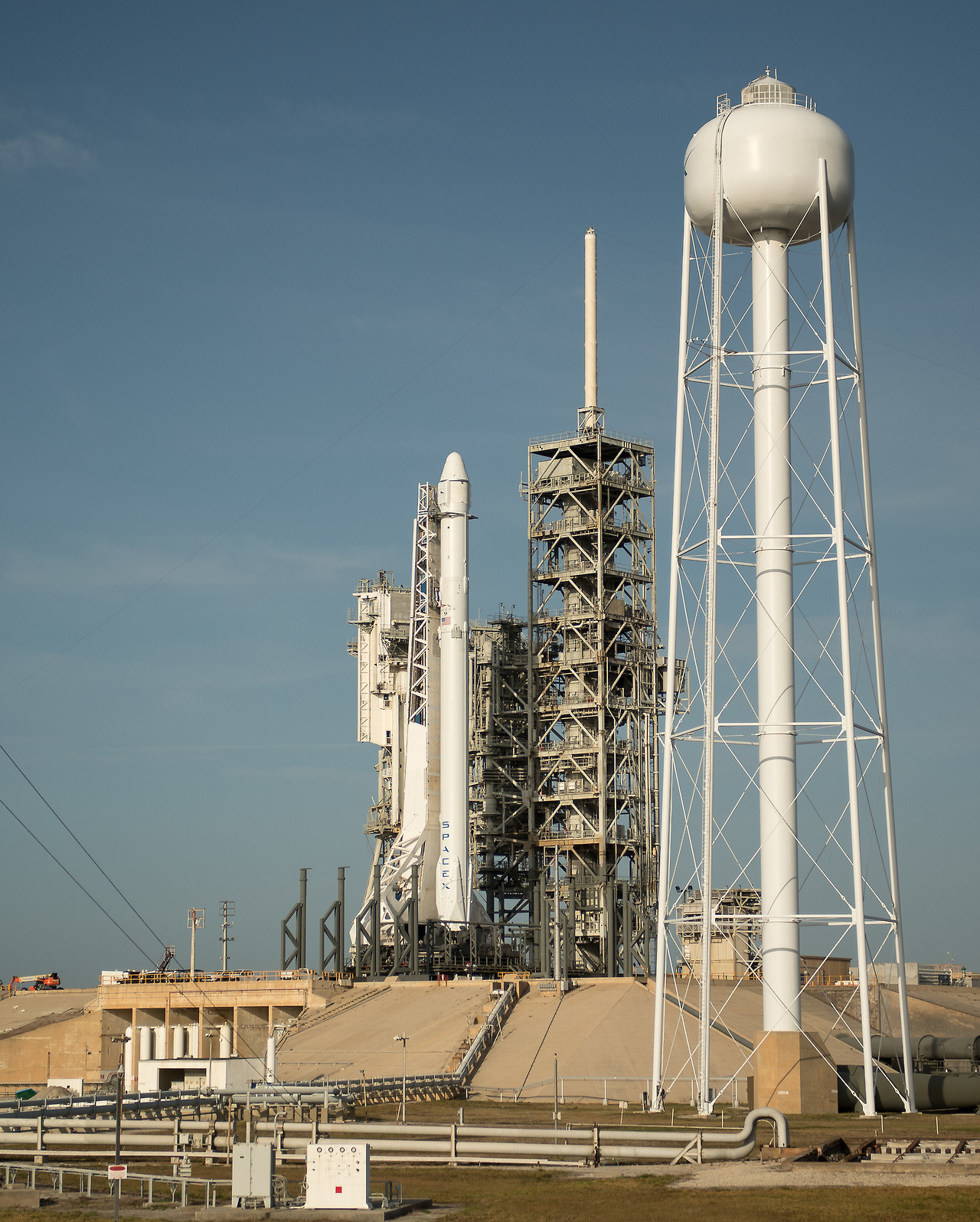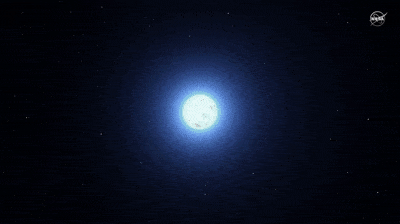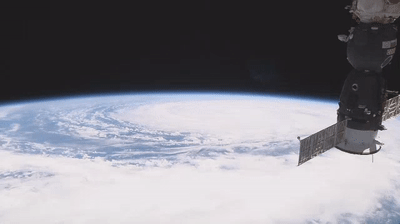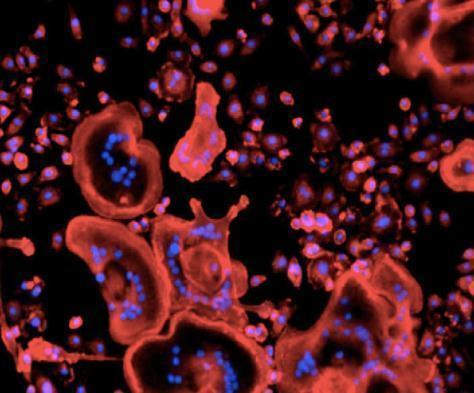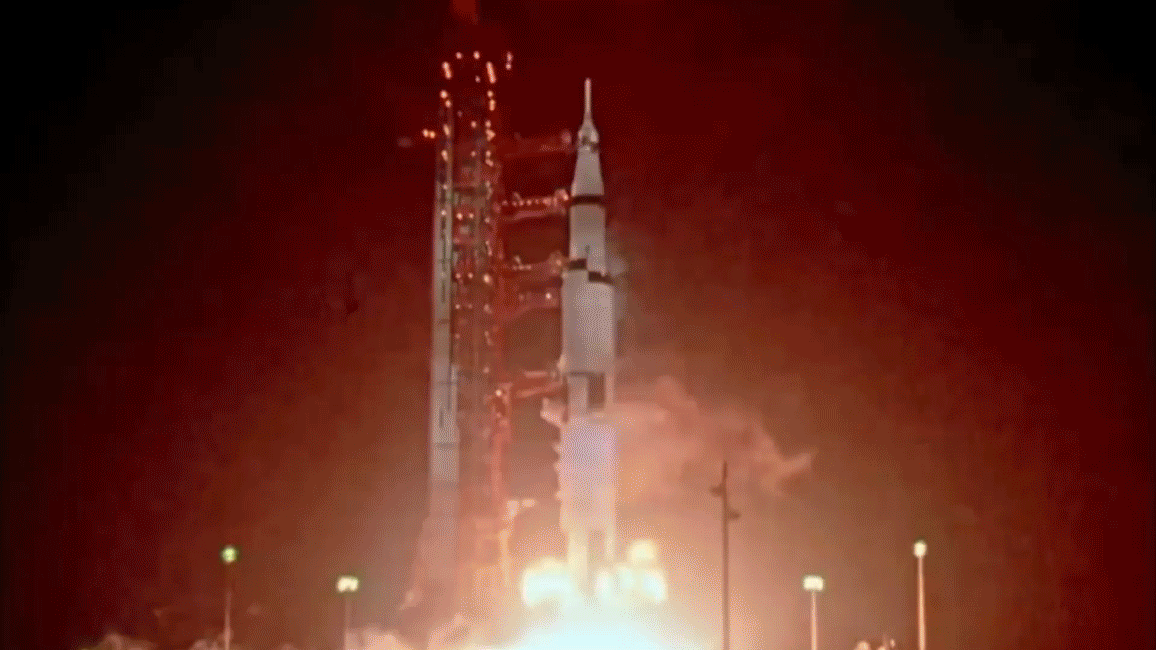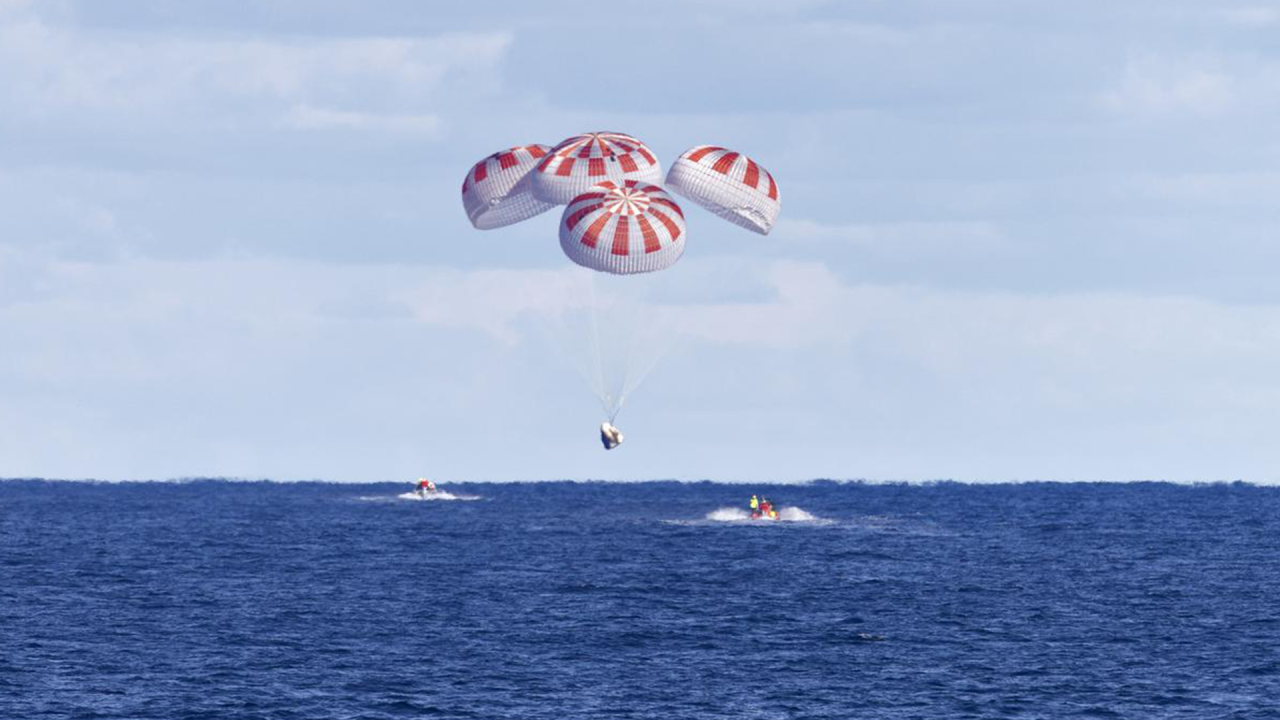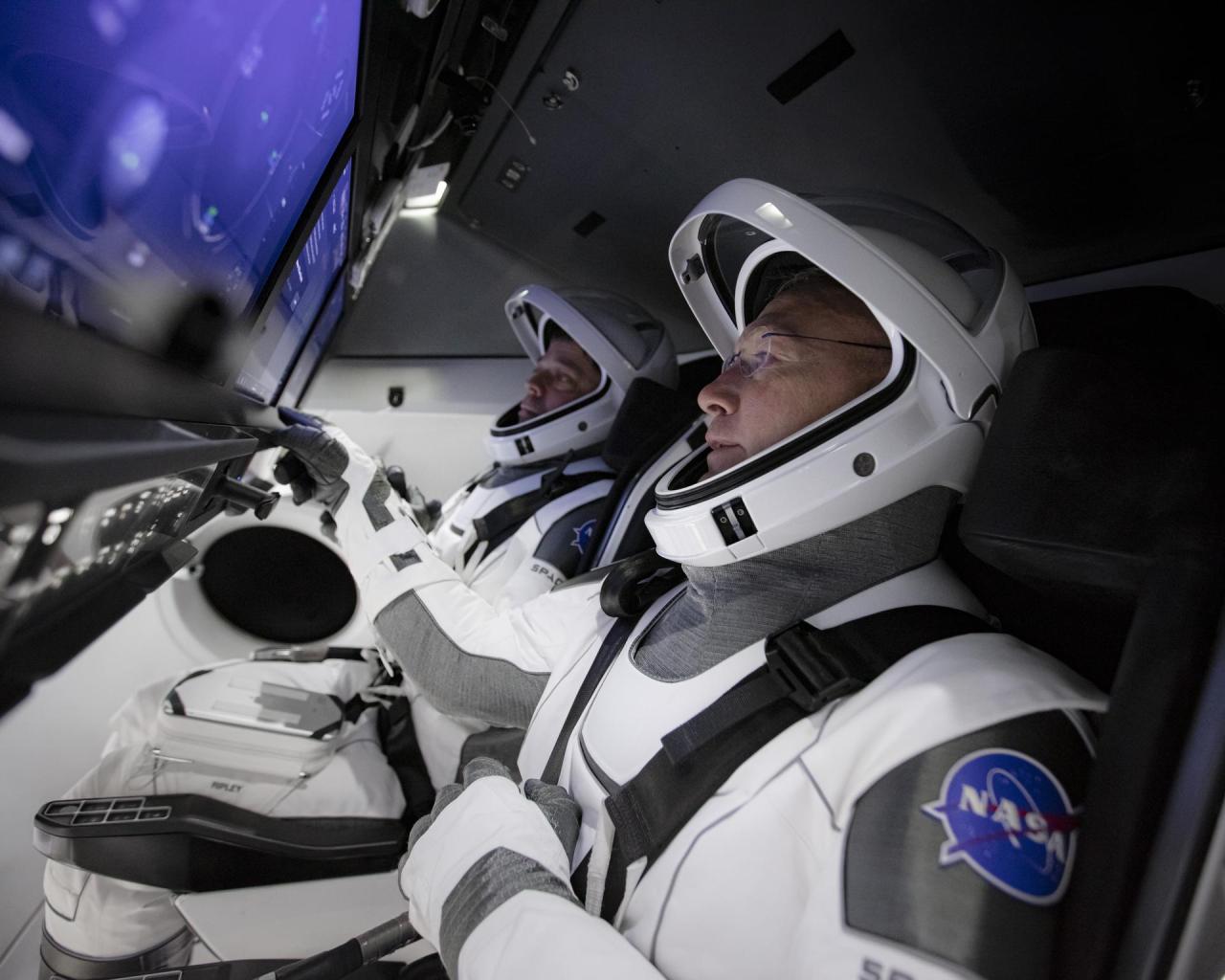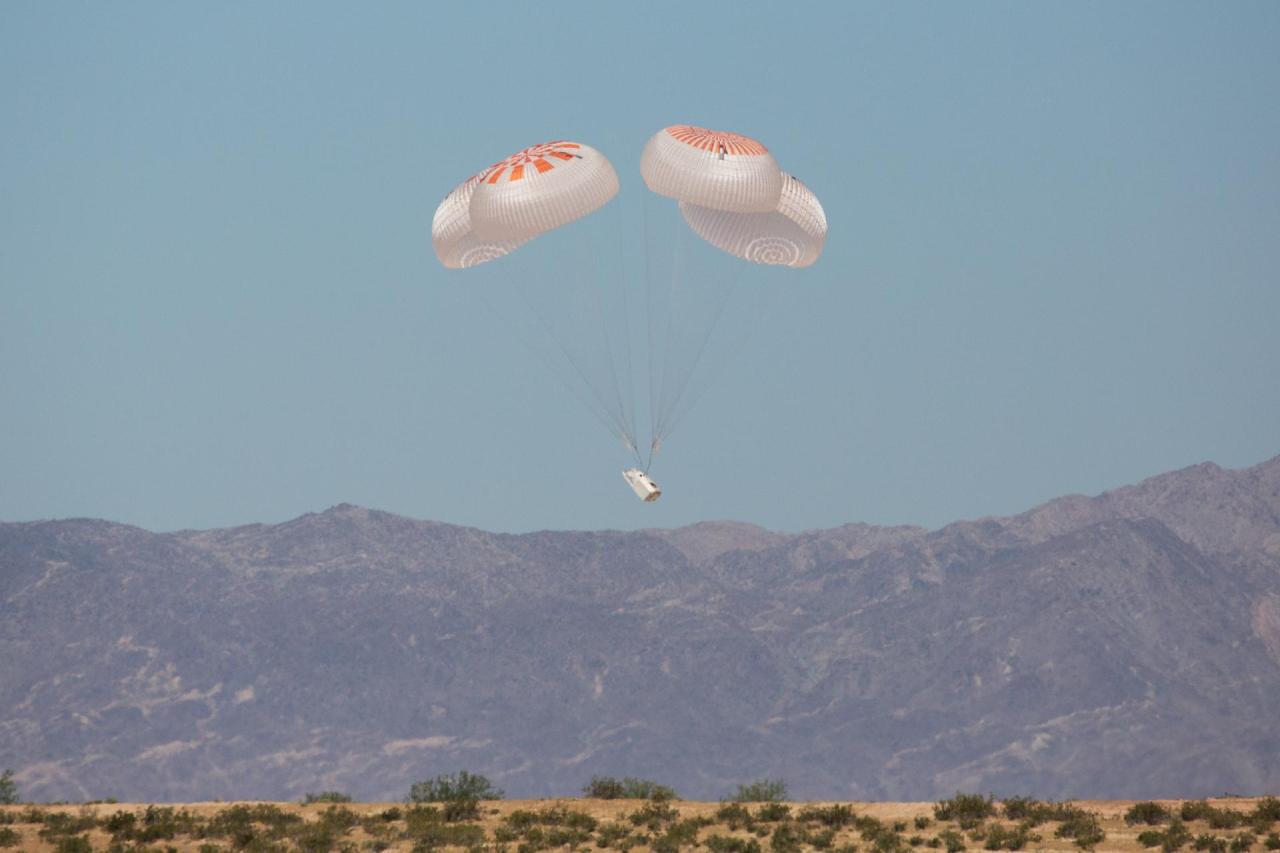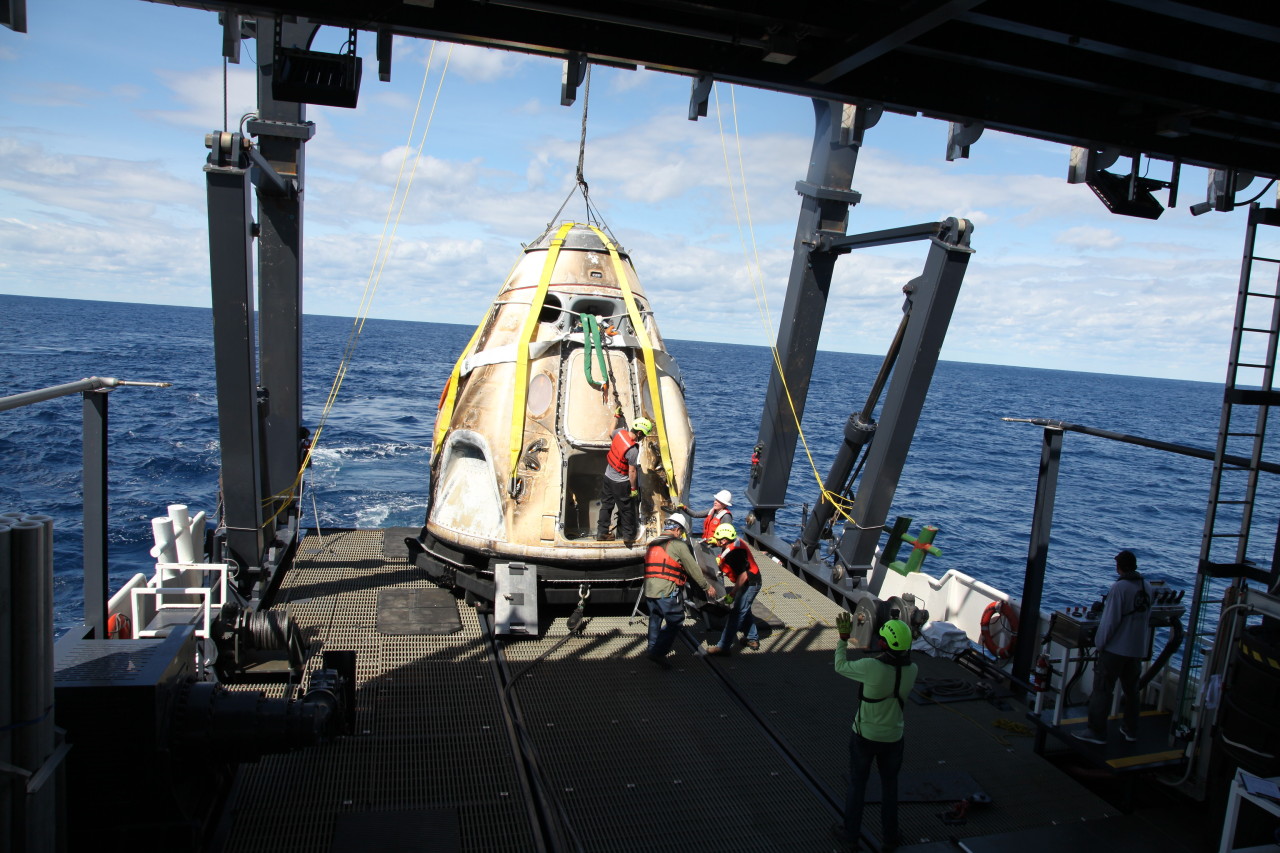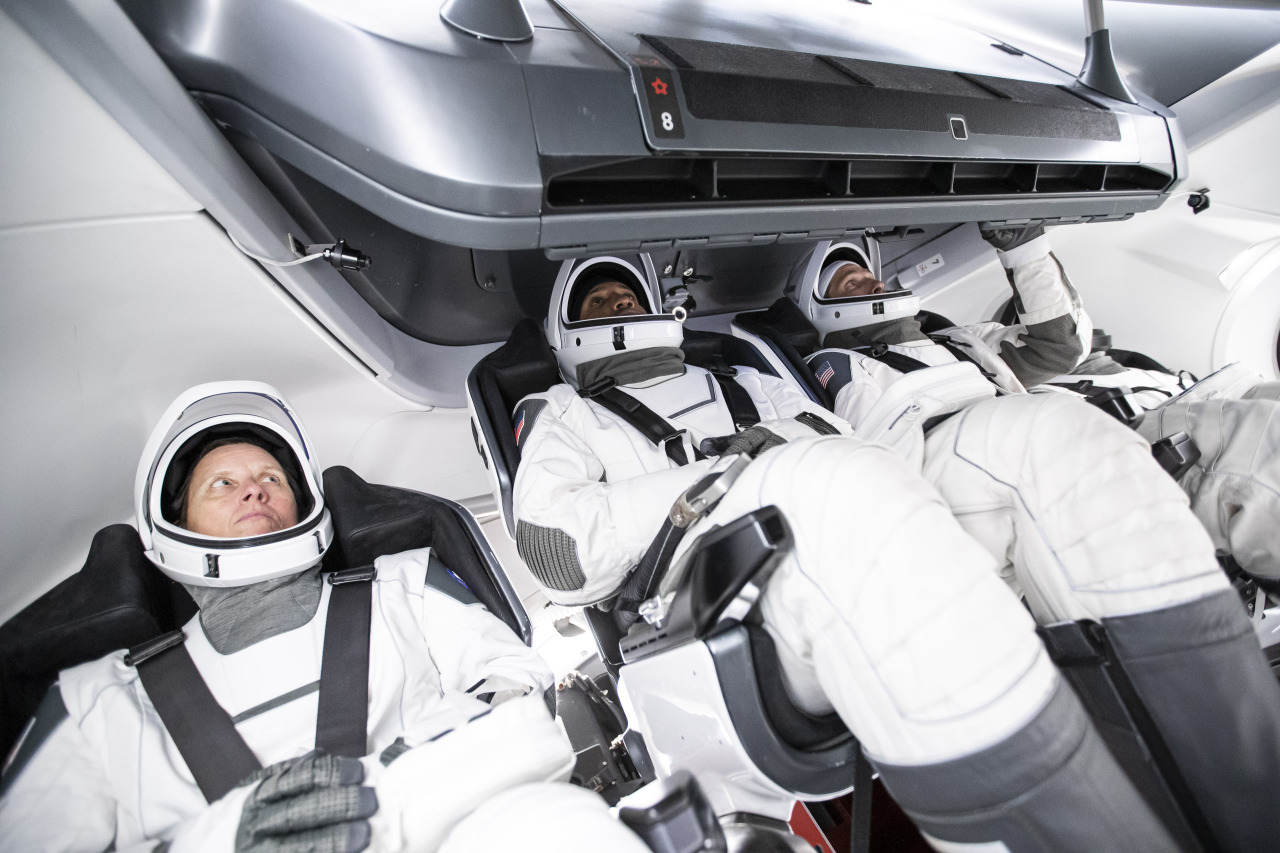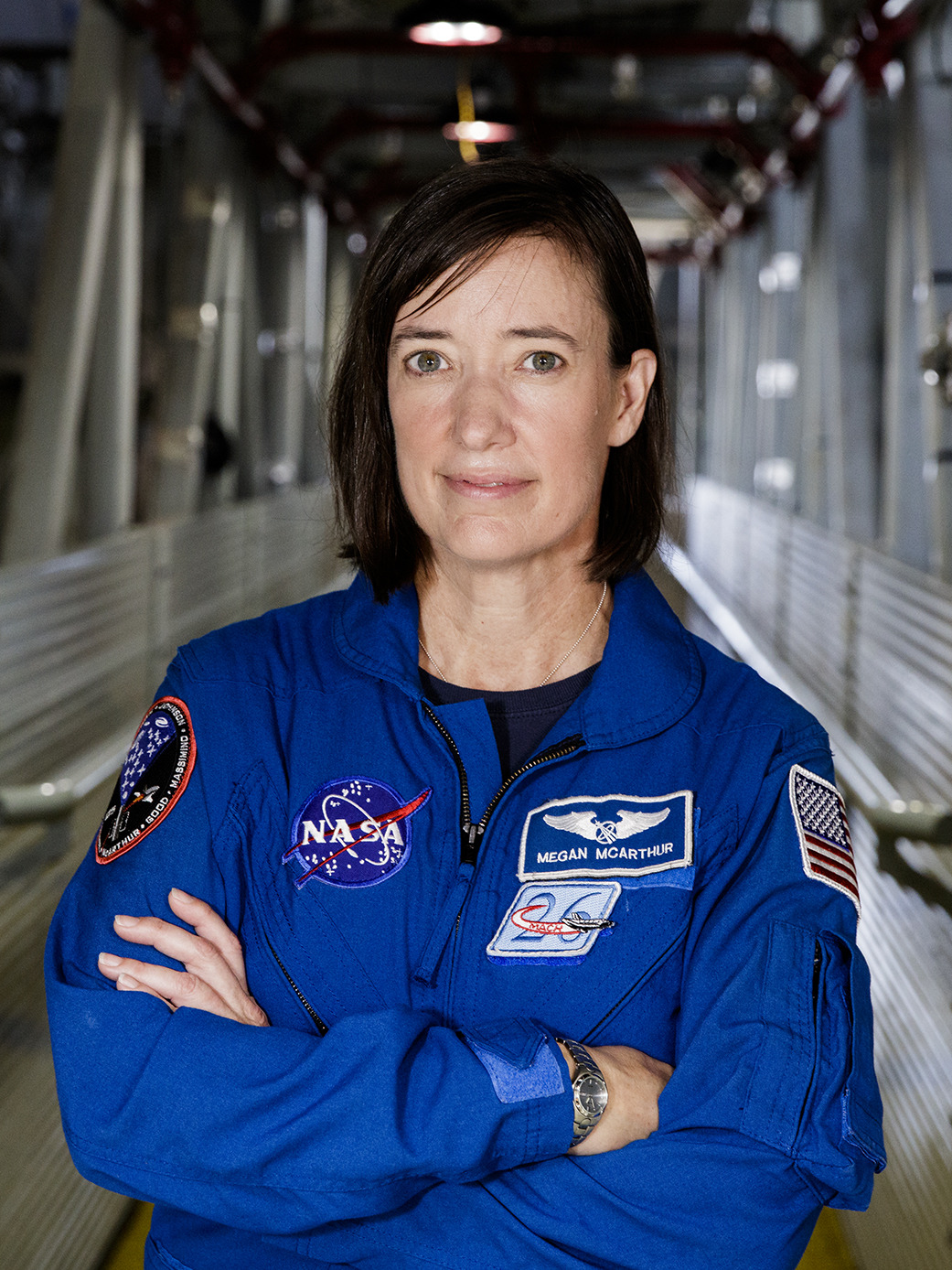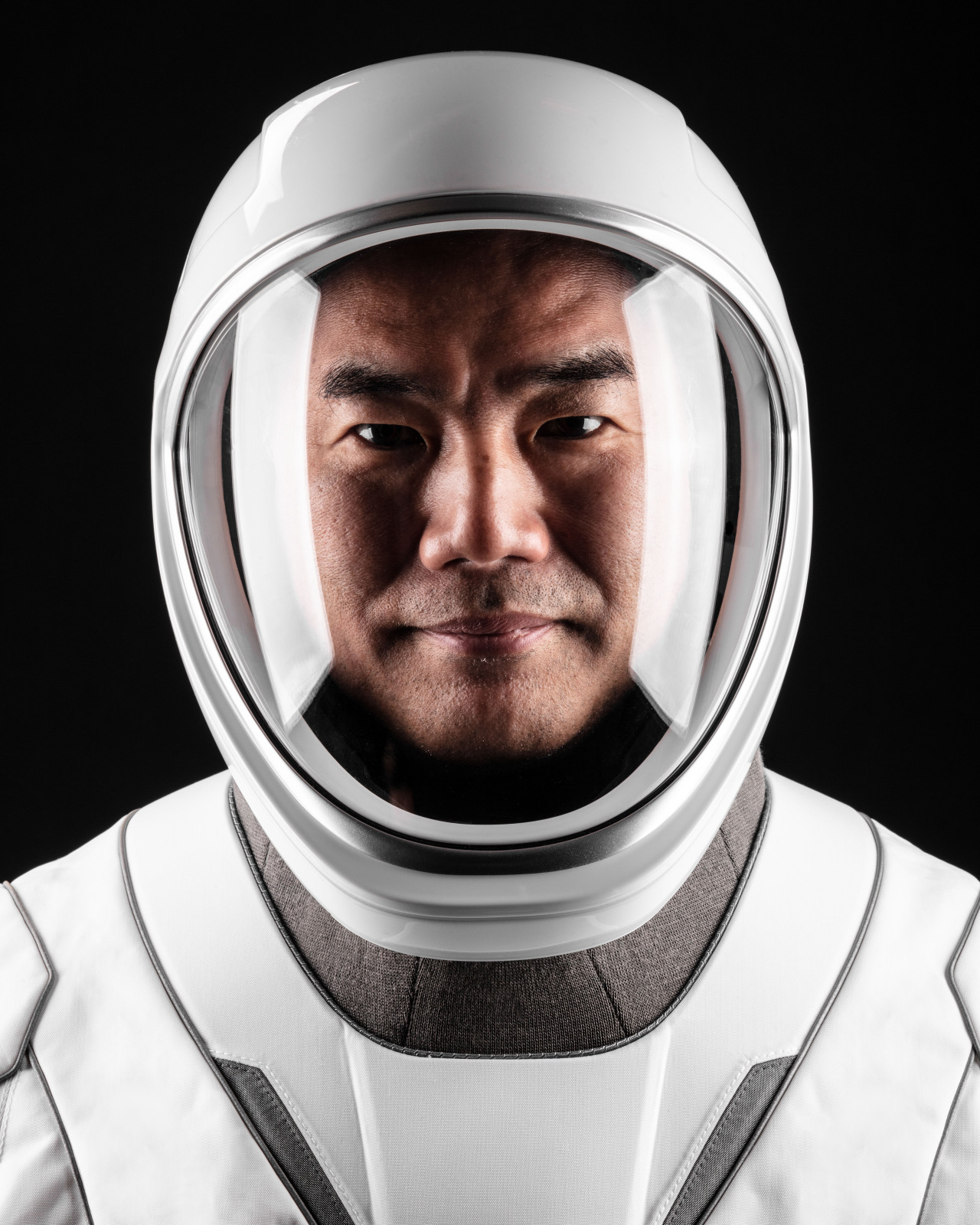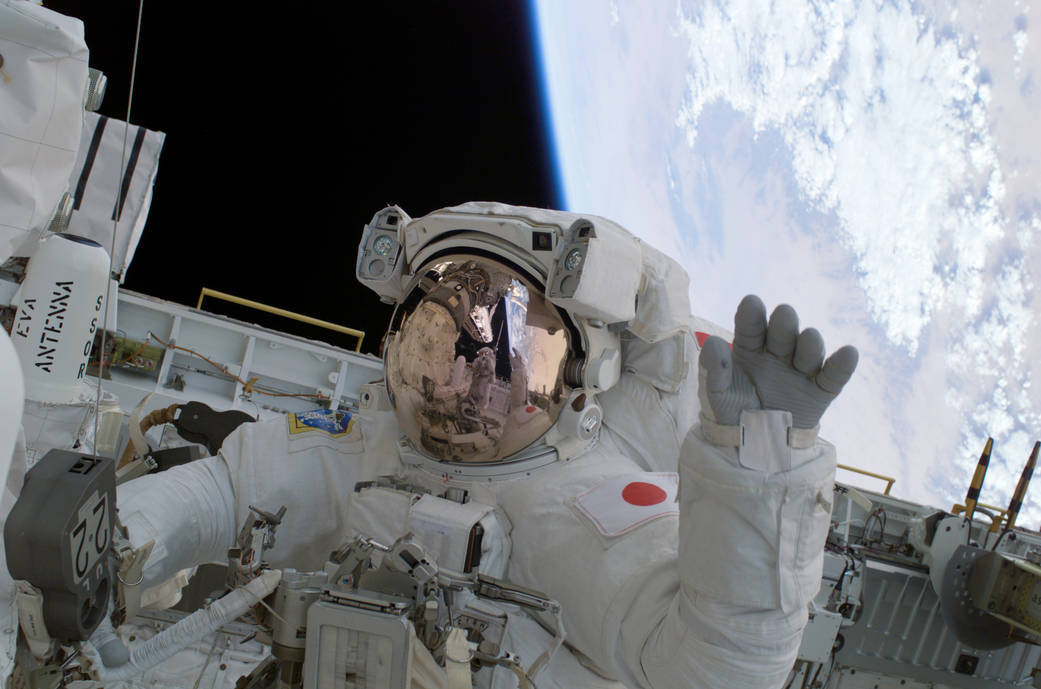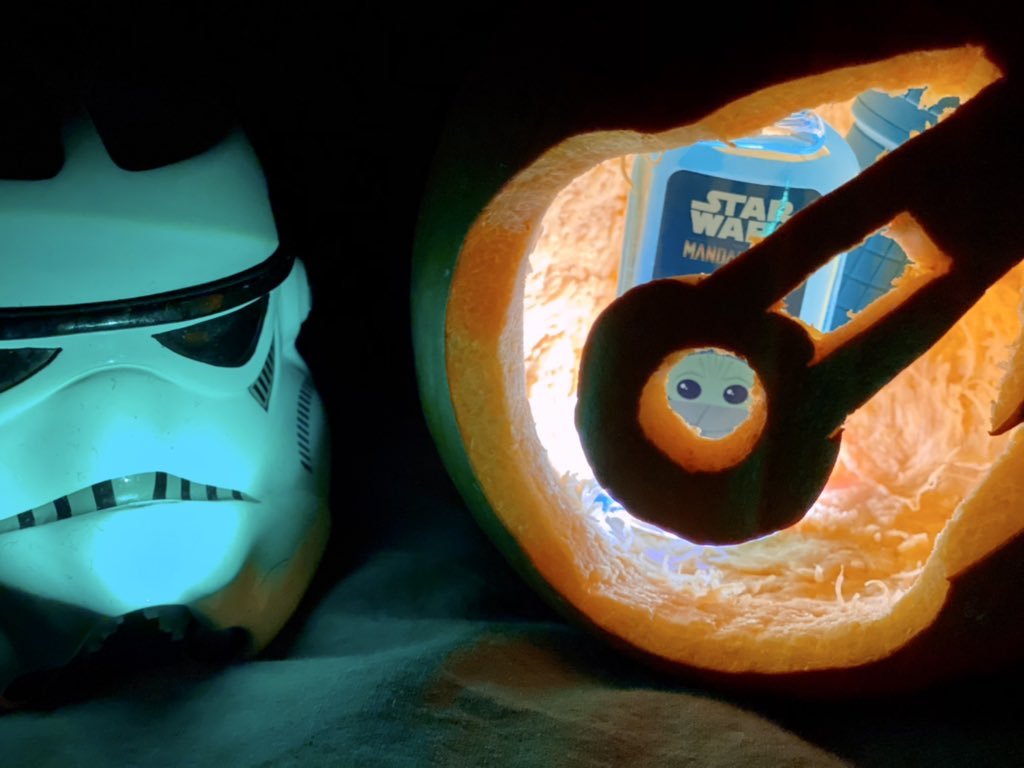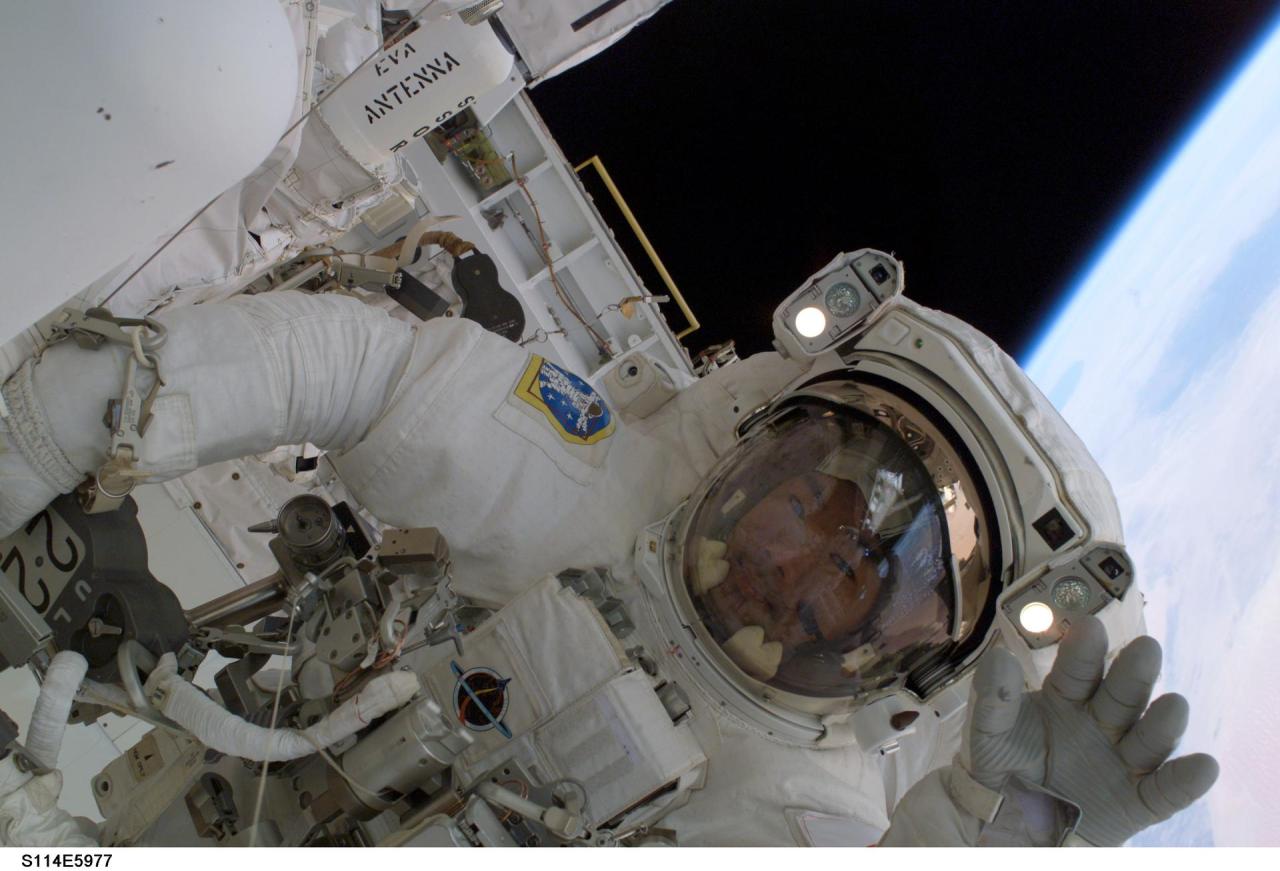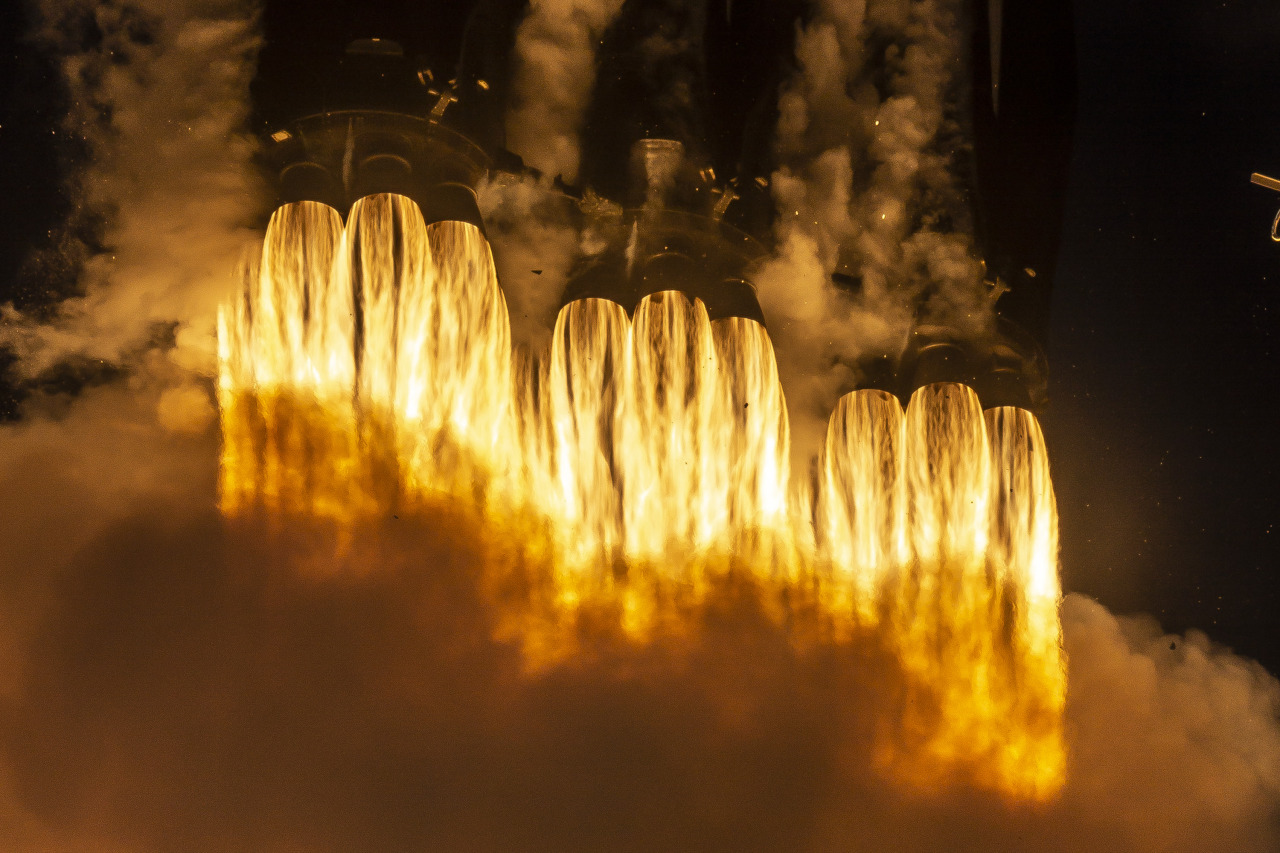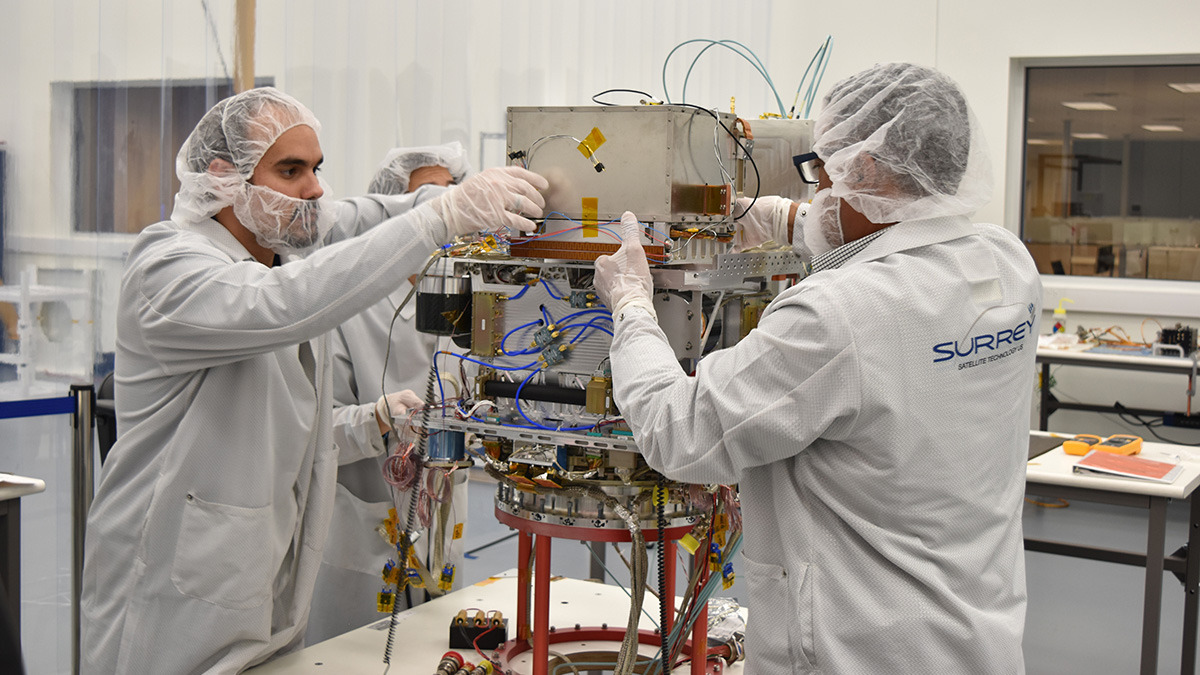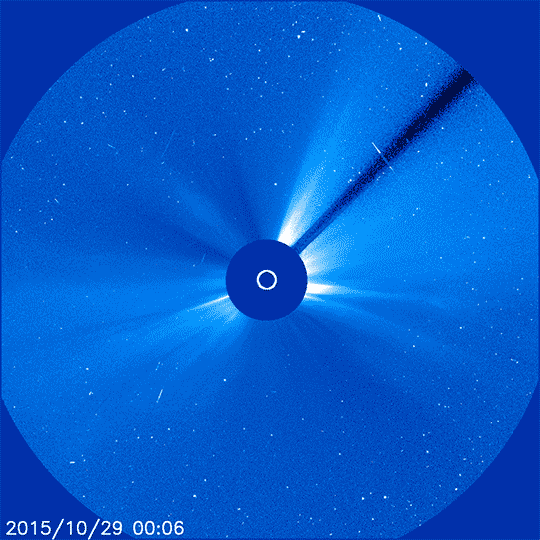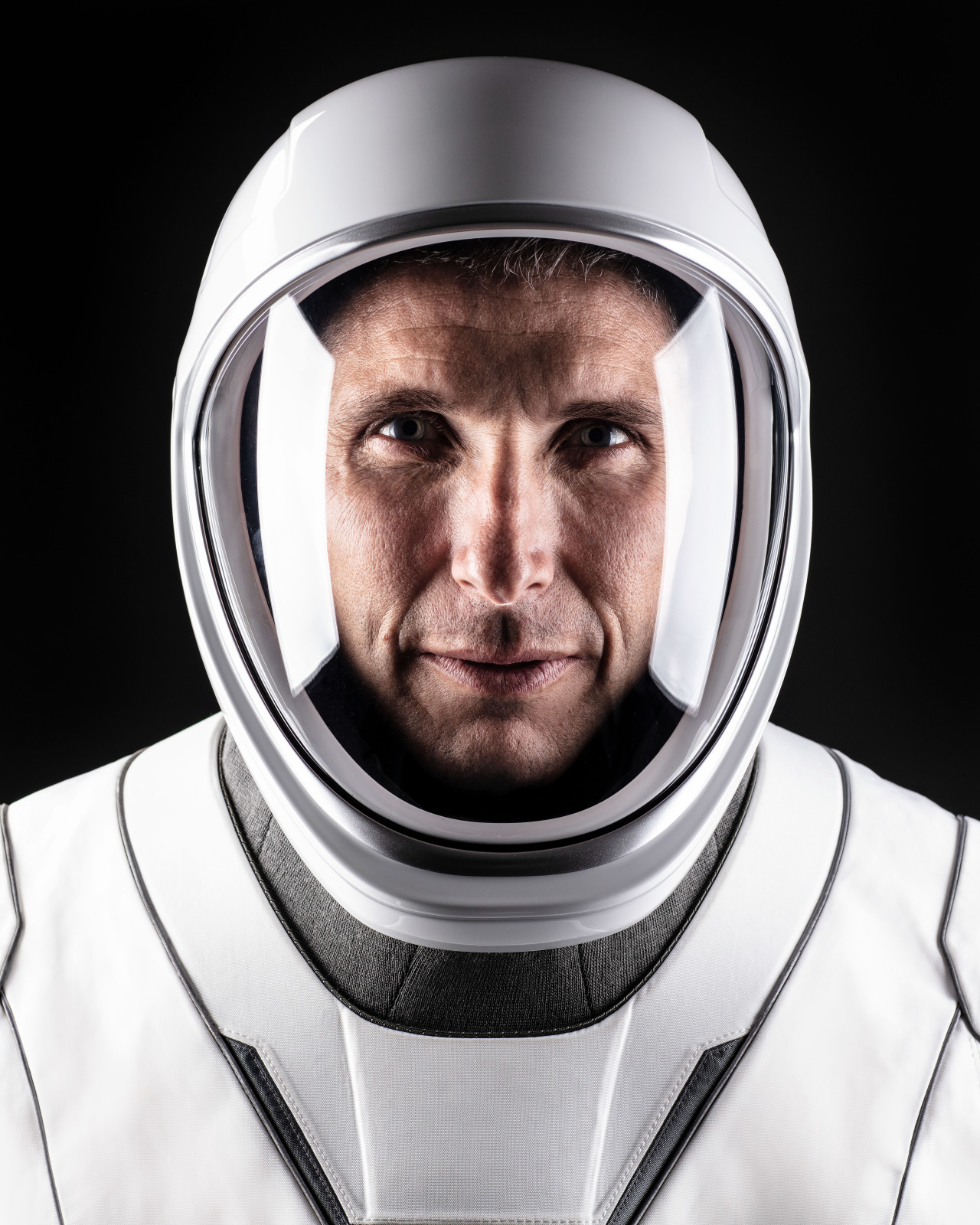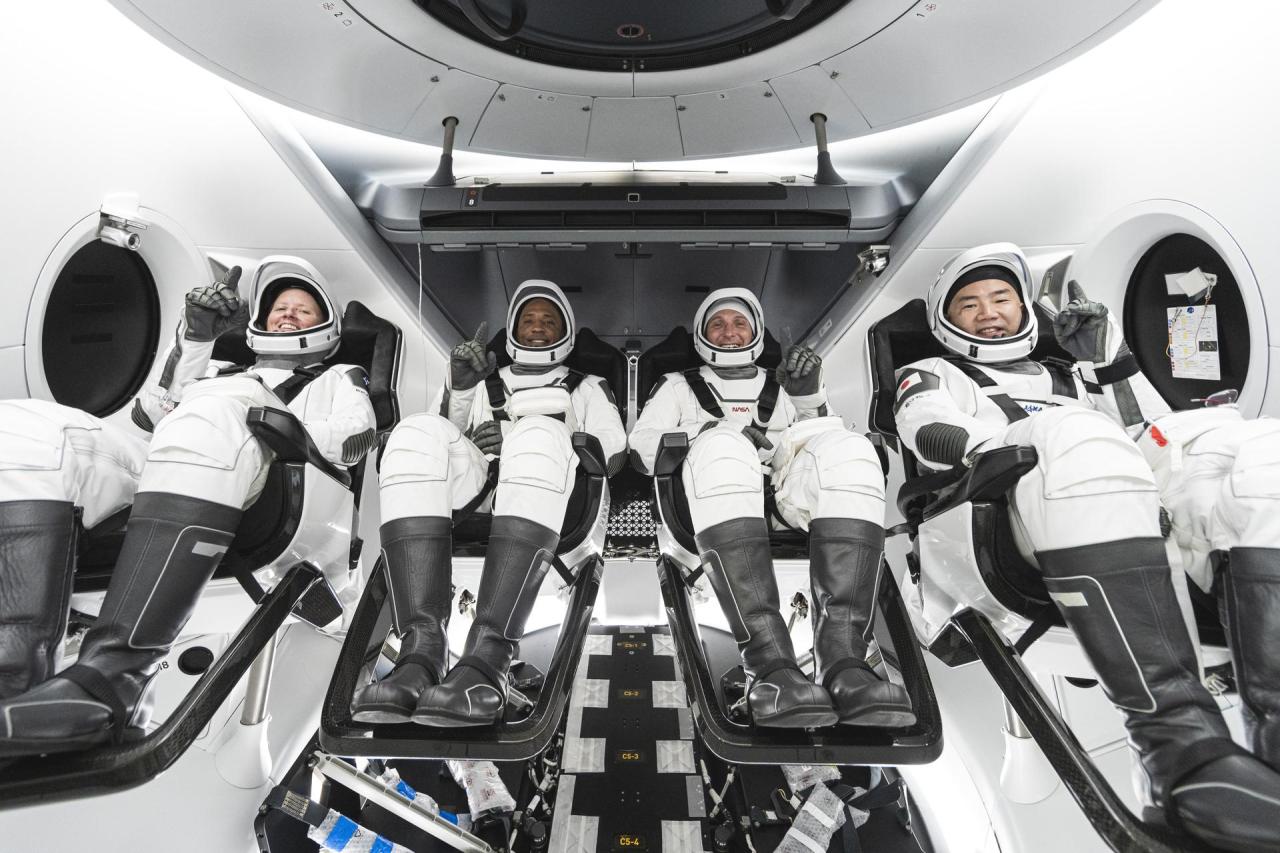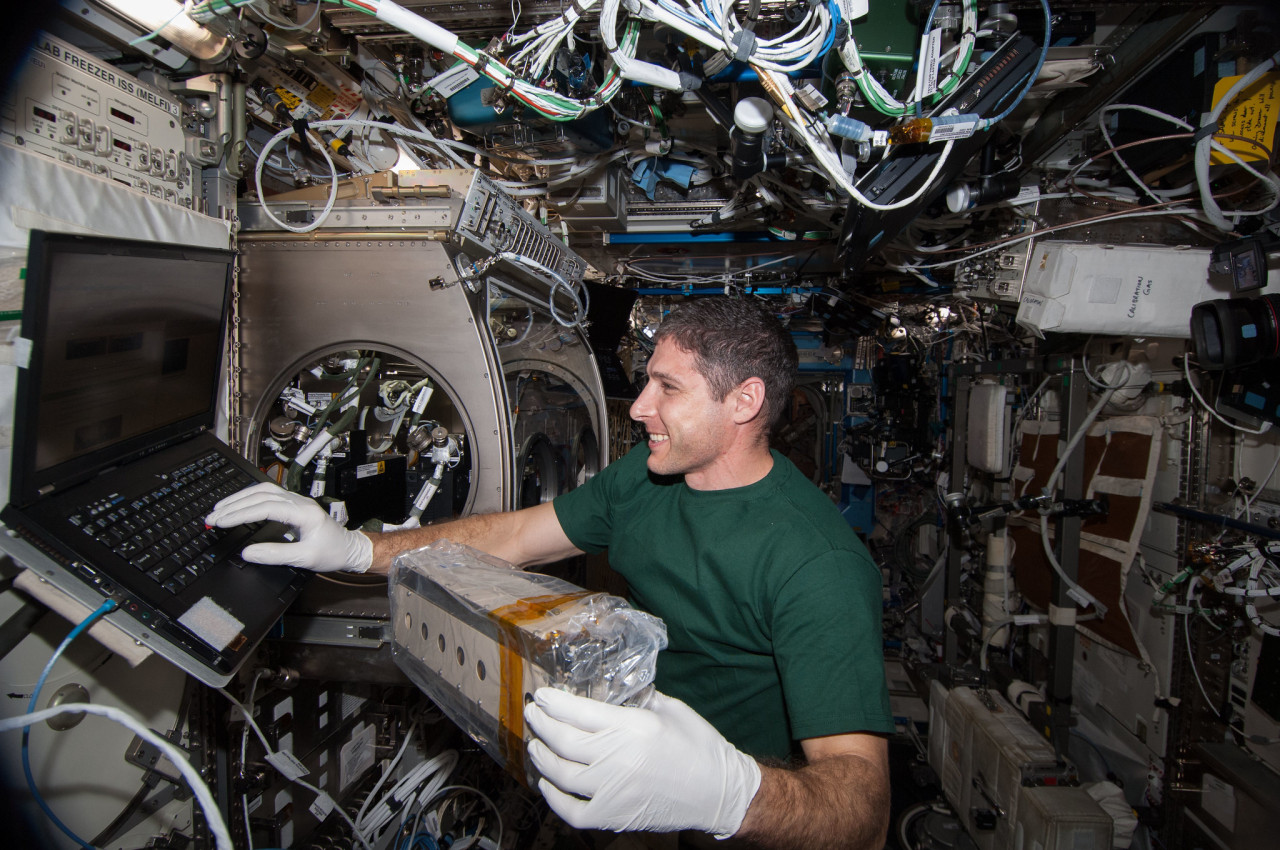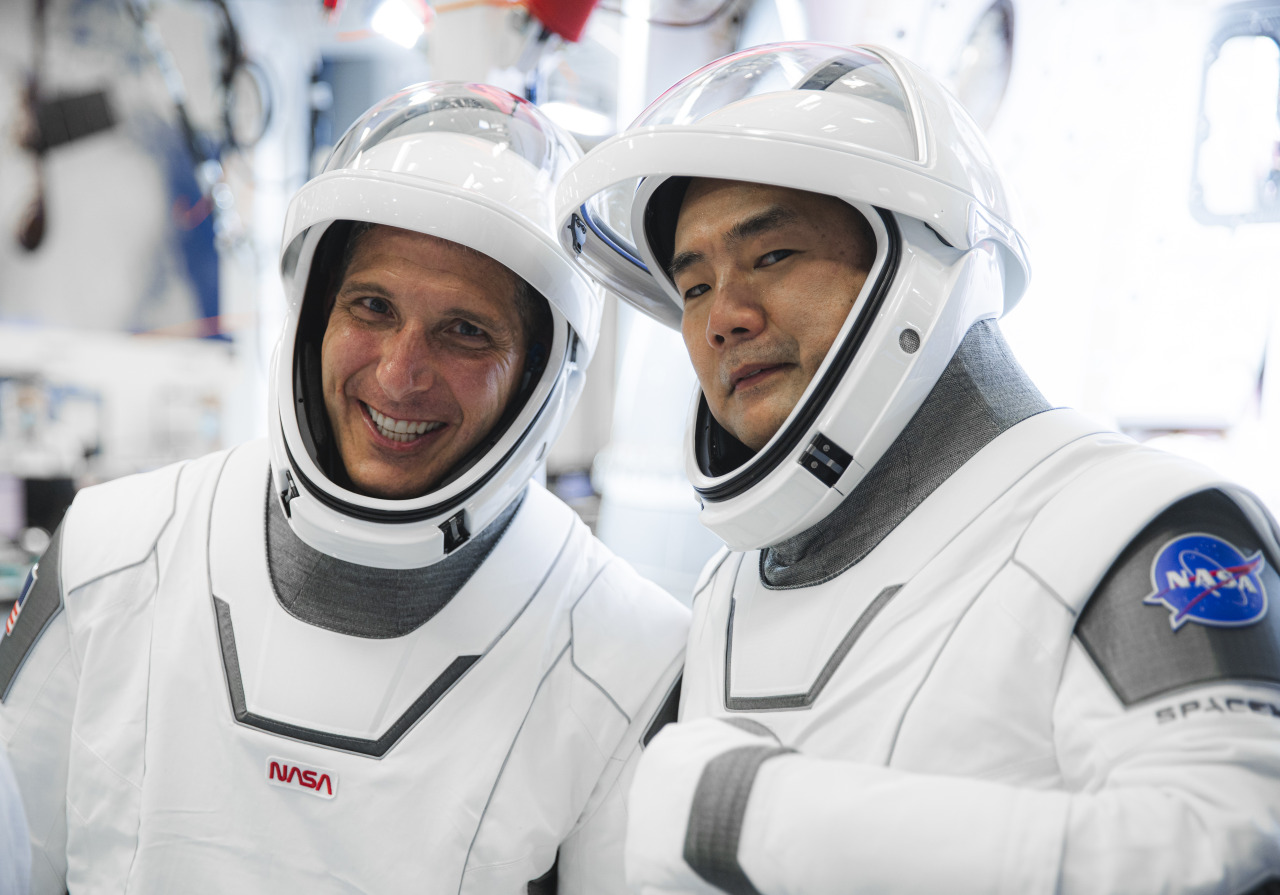SpaceX Dragon: What’s Onboard?
SpaceX is scheduled to launch its Dragon spacecraft into orbit on April 8, which will be the company’s eighth mission under our Commercial Resupply Services contract. This flight will deliver science and supplies to the International Space Station.

The experiments headed to the orbiting laboratory will help us test the use of an expandable space habitat in microgravity, assess the impact of antibodies on muscle wasting in a microgravity environment, use microgravity to seek insight into the interactions of particle flows at the nanoscale level and use protein crystal growth in microgravity to help in the design of new drugs to fight disease. Here’s an in-depth look at each of them:
The Bigelow Expandable Activity Module (BEAM)

Space is in limited supply on the International Space Station, but with BEAM, the amount of crew space could be expanded! BEAM is an experimental expandable capsule that attaches to the space station. After installation, it will expand to roughly 13-feet long and 10.5 feet in diameter, which would provide a large volume where a crew member could enter. During the two-year test mission, astronauts will enter the module for a few hours three-to-four times a year to retrieve sensor data and conduct assessments of the module’s condition.
Why? Expandable habitats greatly decrease the amount of transport volume at launch for future space missions. They not only take up less room on a rocket, but also provide greatly enhanced space for living and working once they are set up.
The Rodent Research-3-Eli Lilly
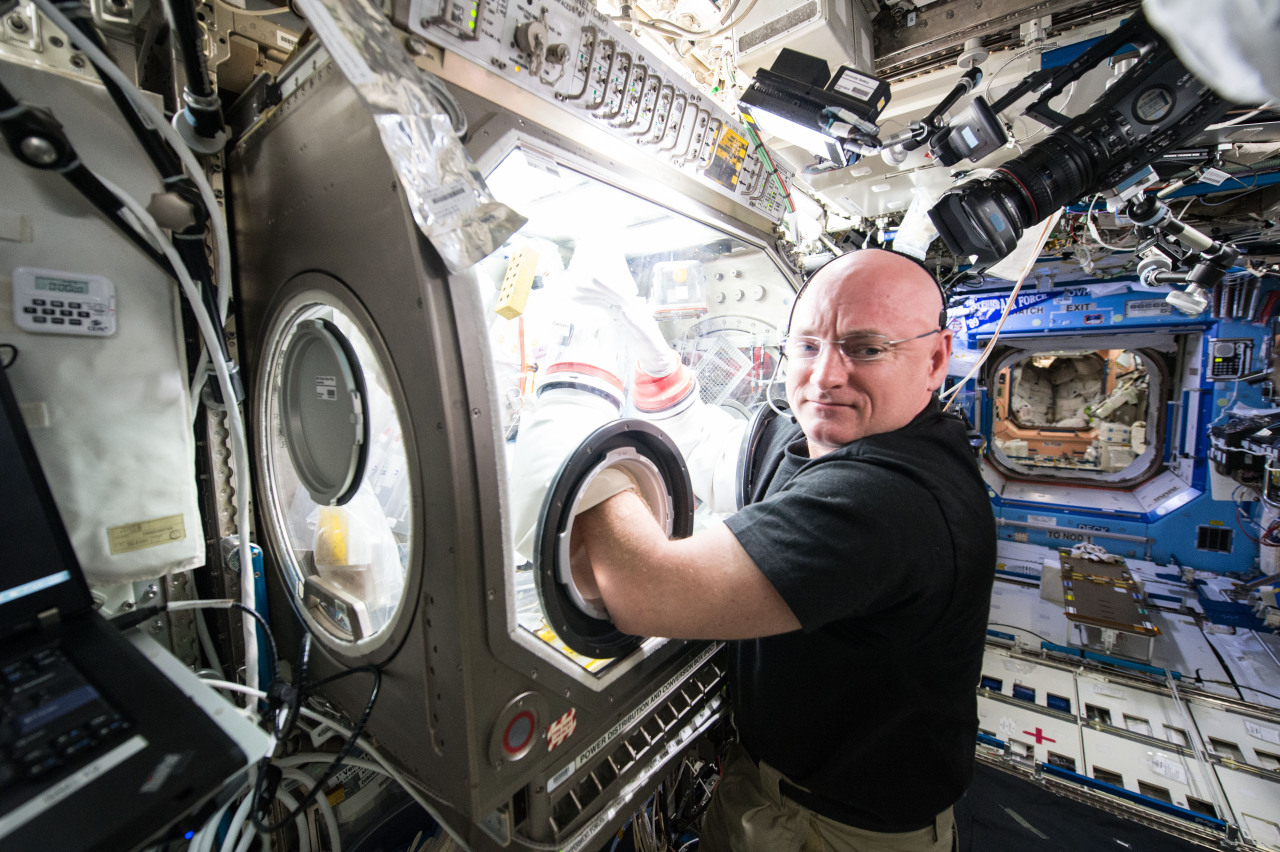
The Rodent Research-3-Eli Lilly investigation will use mice as a model for human health to study whether certain drugs might prevent muscle or bone loss while in microgravity.
Why? Crew members experience significant decreases in their bone density and muscle mass during spaceflight if they do not get enough exercise during long-duration missions. The results could expand scientist’s understanding of muscle atrophy and bone loss in space, by testing an antibody that has been known to prevent muscle wasting in mice on Earth.
Microbial Observatory-1

The Microbial Observatory-1 experiment will track and monitor changes to microbial flora over time on the space station.
Why? Obtaining data on these microbial flora could help us understand how such microbes could affect crew health during future long-duration missions.
Micro-10

The Micro-10 investigation will study how the stress of microgravity triggers changes in growth, gene expression, physical responses and metabolism of a fungus called Aspergillus nidulans.
Why? This experiment will study fungi in space for the purpose of potentially developing new medicine for use both in space and on Earth. The stressfull environment of space causes changes to all forms of life, from bacteria and fungi, to animals and people.
Genes in Space-1

Genes in Space-1 is a student-designed experiment that will test whether the polymerase chain reaction (PCR) — which is a fast and relatively inexpensive technique that can amplify or “photocopy” small segments of DNA — could be used to study DNA alterations that crew experience during spaceflight.
Why? In space, the human immune system’s function is altered. Findings from this experiment could help combat some of the DNA changes that crew onboard space station experience while on orbit.
Microchannel Diffusion
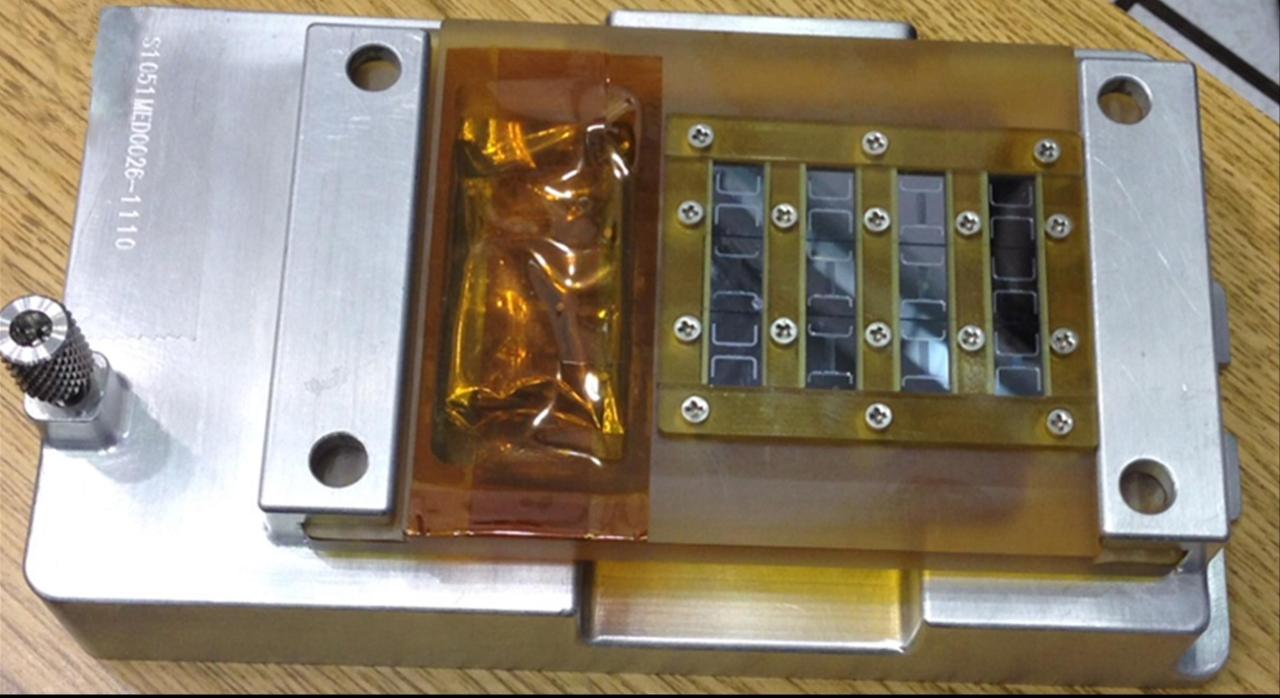
Nano science and nanotechnology are the study and application of exceptionally small things and can be used across the fields of medicine, biology, computer science and many others. The way fluid moves is very different on this small scale, so scientists want to know how microparticles might interact. The Microchannel Diffusion investigation simulates these interactions by studying them at a larger scale, the microscopic level. This is only possible on the orbiting laboratory, where Earth’s gravity is not strong enough to interact with the molecules in a sample, so they behave more like they would at the nanoscale.
Why? Nanofluidic sensors could measure the air in the space station, or used to deliver drugs to specific places in the body, among other potential uses. Knowledge learned from this investigation may have implications for drug delivery, particle filtration and future technological applications for space exploration.
The CASIS Protein Crystal Growth 4 (CASIS PCG 4)

CASIS PCG 4 is made up of two investigations that both leverage the microgravity environment in the growth of protein crystals and focus on structure-based drug design (SBDD). Growing crystals in microgravity avoids some of the obstacles they face on Earth, such as sedimentation.
Why? SBDD is an integral component in the drug discovery and development process. It relies on three-dimensional, structural information provided by the protein crystallography to inform the design of more potent, effective and selective drugs.
Watch the Launch!

The Dragon capsule will launch on a Falcon 9 rocket from Cape Canaveral Air Force Station in Florida.
Launch coverage begins at 3:15 p.m. EDT, with launch scheduled for 4:43 p.m. Watch live online on NASA Television: nasa.gov/nasatv
Make sure to follow us on Tumblr for your regular dose of space: http://nasa.tumblr.com

